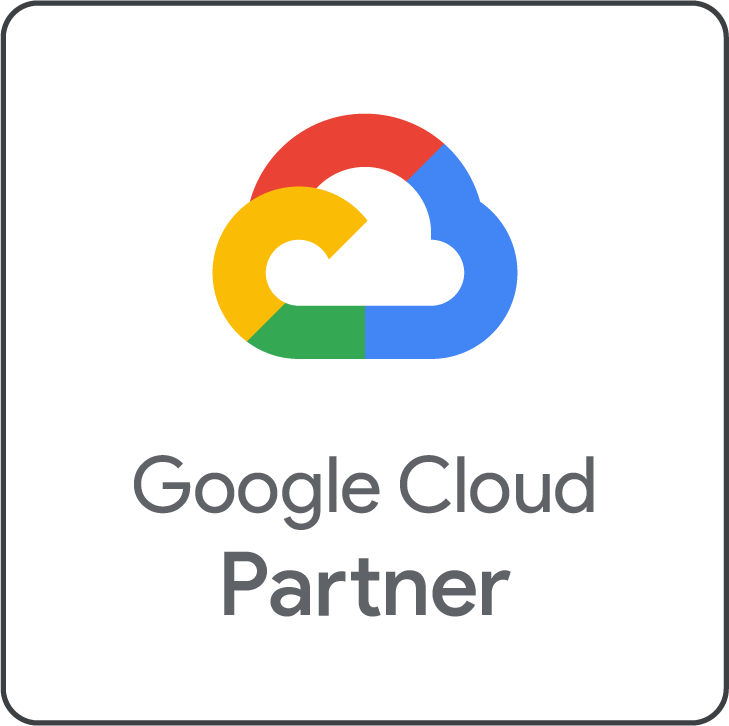Important points to focus on when implementing Salesforce
There is a steady increase in the number of organizations who fully embrace Salesforce. And with good reason. This cloud platform can be implemented quickly, is highly flexible and easy to use. However, in these strengths can lie weaknesses. Various pitfalls can threaten the return on your investment. In this blogpost we listed five of them for you.
Endless possibilities
The possibilities to house company-processes in Salesforce are seemingly endless. And once the CRM is up and running, there can be increased internal pressure to quickly start adding other processes to the platform, like HRM, client portals, accounting, marketing automation, quality systems, and more. There are obvious benefits to these integrations, but do not underestimate the additional cost. When you start making a sum of all licence costs, as well as the hours needed for implementation, you could come to an total price that’s just a tad uncomfortable. So, clearly lay out the scope of your project beforehand, and don’t deviate from it. New ideas should be wishlisted and treated as a new project.
‘We’ve been doing it like this for years’
When you’re responsible for the introduction of Salesforce within your company, of course your goal is to have the new system be broadly accepted. The way of least resistance is to completely copy the current way of working. This means you lose out on getting the most out of Salesforce, though. We advise you to take the standard functions, and treat them as a starting point. Dare to alter or radically overhaul existing processes. It will take some perseverance, but ultimately this will allow you to reap maximum benefits from the Salesforce platform.
DIY’ing
At its core, Salesforce is a flexible and open platform. While this is what draws people to Salesforce, it could also be a pitfall. Application managers, in their enthusiasm, can go overboard with workflows, processes and third-party applications. Installing them is easy as pie. Over time, however, this can turn into a maze of undocumented solutions. Changing or even removing one can then potentially set off a chain of events, which then requires a specialist to dig deep to solve the problem. So: make sure you that you implement changes in your organisation in a structured and thoughtful way.
Data contamination
Nothing is more frustrating than to have a contaminated database. Duplicate, incomplete, inconsistent or even faulty input of data can mean losing out on clients, which is why mistakes should be kept to a minimum. A lot rides on the rights and validation rules you set up, which is an easily overlooked job requiring meticulous attention for detail. Make it a habit to routinely check the rights structure and data quality, and to take action when structural faults arise. A g-company consultant can help you with this.
Standard backup functions
When the budget is stretched to its limits, robust solutions for backup and recovery that are often the first ones to receive a reduced budget. Organizations consider themselves safe with standard functions such as the recycle bin, weekly export of data and a copy of the database in the Sandbox. This lulls them into a false sense of security, however. A Sandbox can quickly become outdated, while a weekly export only contains data, and not metadata like configuration, workflows and reports. This sharply increases the risk of losing functionalities. An acceptable solution is to set-up the access rights tightly, and to exercise a strict discipline when pushing changes through in the production environment. Those who want to take care of backup and recovery properly, opt for a tool such as Spanning Backup.
Do you recognize one of these pitfalls, and could you use some support? Feel free to call us to schedule an appointment, or fill in the contact form. One of our consultants will then contact you as soon as possible.





